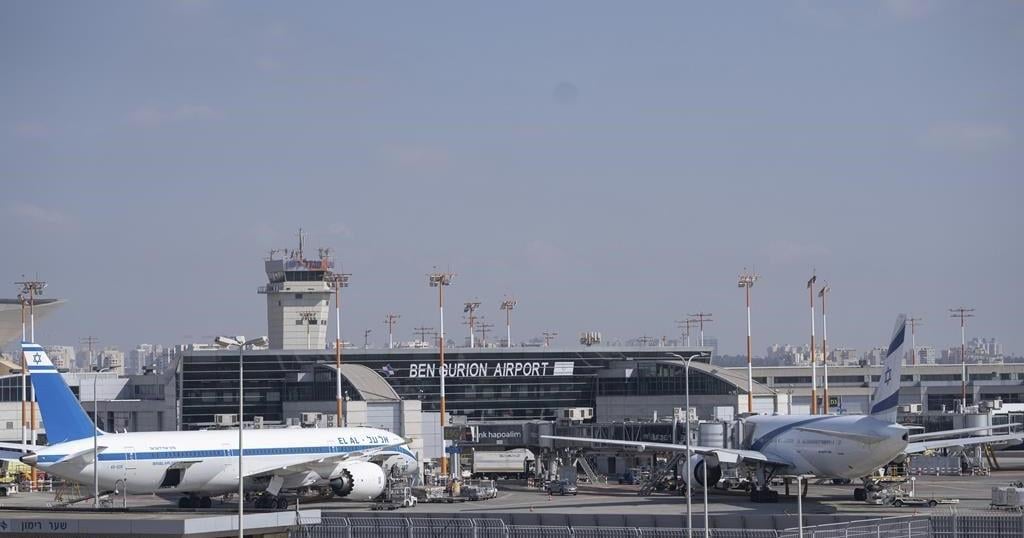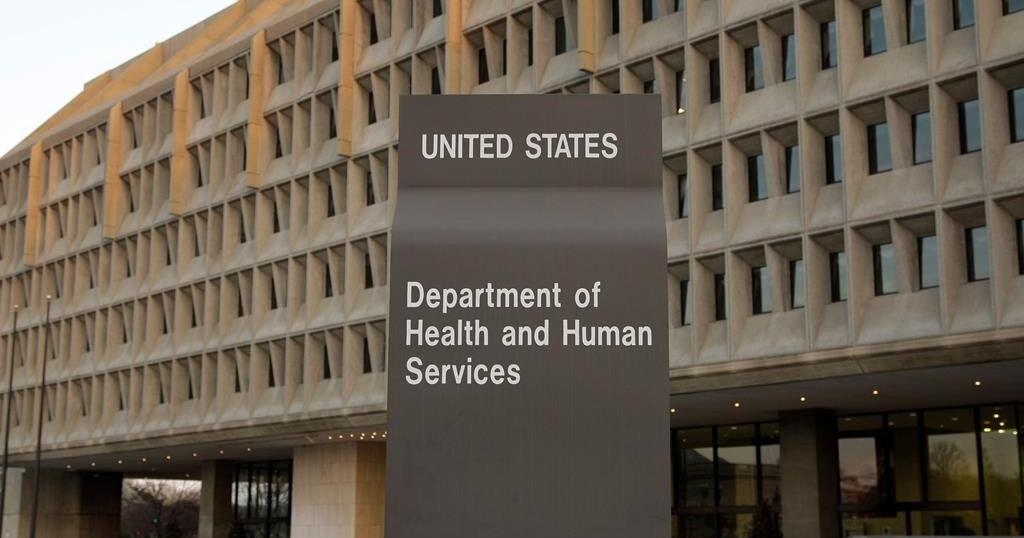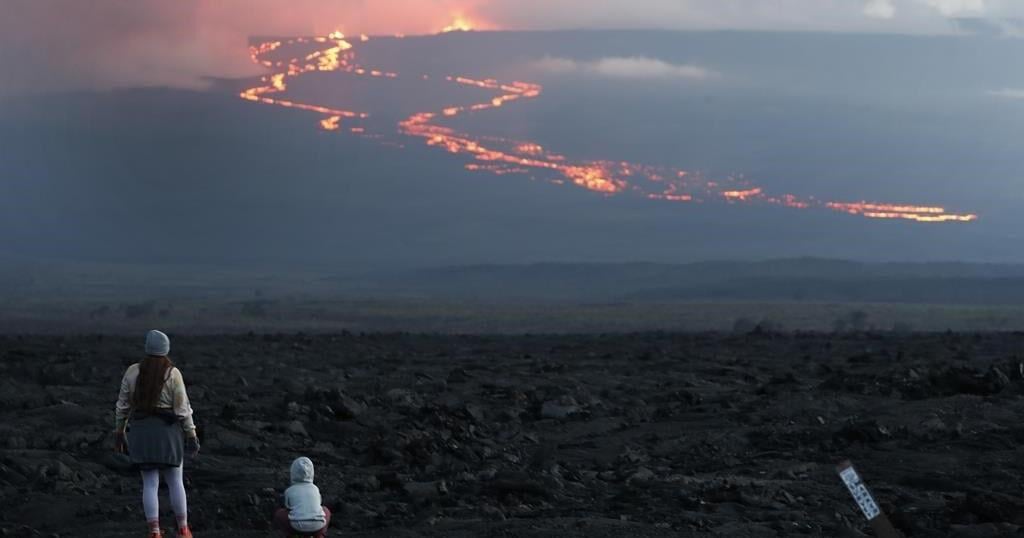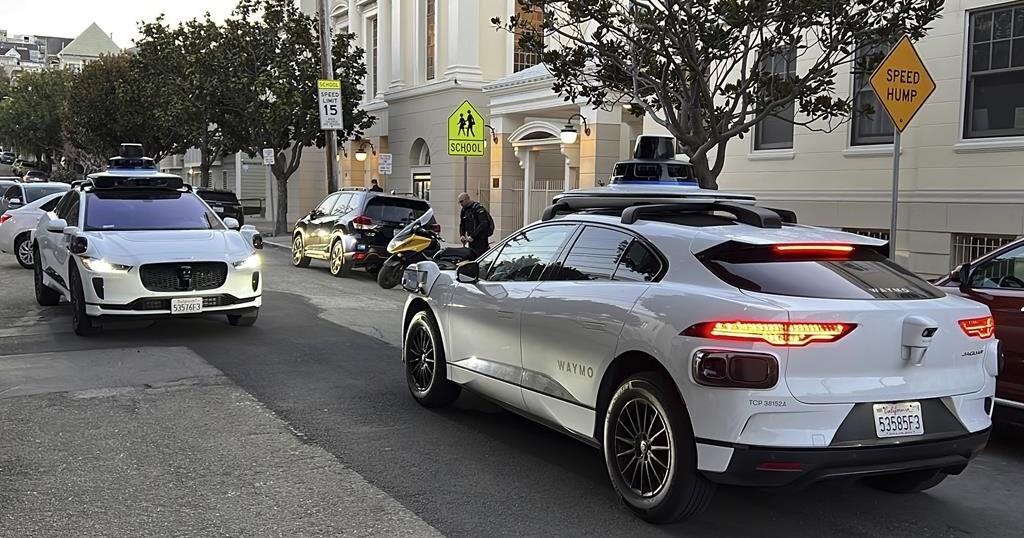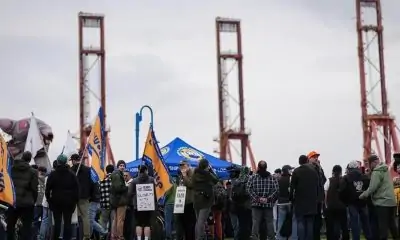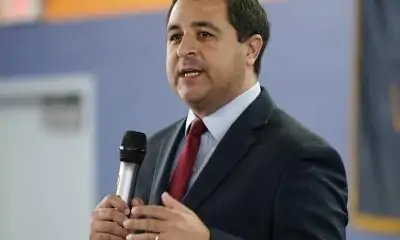TEL AVIV, Israel (AP) — A rare general strike in Israel to protest the failure to return hostages held in Gaza led to disruptions around the country on Monday, while U.S. President Joe Biden added to the pressure by saying Israeli Prime Minister Benjamin Netanyahu isn’t doing enough to reach a deal for a cease-fire and hostage release.
The strike was ignored in some areas, reflecting deep political divisions in Israel over a cease-fire deal after nearly 11 months of fighting.
Hundreds of thousands of Israelis had poured into the streets late Sunday in grief and anger after six more hostages were found dead in Gaza. It appeared to be the largest protest since the start of the war. The families and much of the public blamed Netanyahu, saying they could have been returned alive in a deal with Hamas.
But others support Netanyahu’s strategy of maintaining military pressure on Hamas, whose Oct. 7 attack into Israel triggered the war. They say it will force the militants to give in to Israeli demands, potentially facilitate rescue operations and ultimately annihilate the group.
Biden spoke to reporters as he arrived at the White House for a Situation Room meeting with advisers involved in negotiating a deal. Asked if Netanyahu was doing enough, Biden responded, “No.”
He insisted that negotiators remain “very close” to a deal, adding, “Hope springs eternal.”
Hamas has accused Israel of dragging out months of negotiations over a cease-fire by issuing new demands, including for lasting Israeli control over two strategic corridors in Gaza. Hamas has offered to release all hostages in return for an end to the war, the complete withdrawal of Israeli forces and the release of a large number of Palestinian prisoners, including high-profile militants.
Netanyahu has pledged “total victory” over Hamas and blames it for the failure of the negotiations, which have dragged on for much of this year.
Israel said the six hostages found dead in Gaza were killed by Hamas shortly before Israeli forces arrived in the tunnel where they were held. Three were reportedly scheduled to be released in the first phase of a cease-fire proposal discussed in July. The Israeli Health Ministry said autopsies had determined the hostages were shot at close range and died on Thursday or Friday.
Thousands attended the funeral Monday for one of the six, Israeli-American Hersh Goldberg-Polin, a 23-year-old native of Berkeley, California. He was one of the best-known hostages, and his parents had led a high-profile campaign for the captives’ release, meeting with Biden, Pope Francis, and addressing the Democratic National Convention last month.
The general strike, called by Israel’s largest trade union, the Histadrut, ended early after a labor court said it must end by 2:30 p.m. local time, accepting a petition from the government calling it politically motivated.
It was the first such strike since the start of the war, aiming to shut down or disrupt major sectors of the economy, including banking and health care.
Airlines at Israel’s main international airport, Ben-Gurion, halted outgoing flights between 8 a.m. and 10 a.m. Those flights either departed early or were slightly delayed. Arriving flights continued as usual, according to the Israel Airports Authority.
“There’s no need to punish the whole state of Israel because of what is happening, overall, it is a victory for Hamas,” said one passenger, Amrani Yigal.
But in Jerusalem, resident Avi Lavi said that “I think this is fair, the time has come to stand and to wake up, to do everything for the hostages to come back alive.”
The Histadrut said banks, some large malls and government offices had joined the strike, as well as some public transit services, although there did not appear to be major disruptions.
Municipalities in Israel’s populated central area, including Tel Aviv, participated, leading to shortened school hours. Other municipalities, including Jerusalem, did not participate.
Organizers of the demonstrations on Sunday estimated that up to 500,000 people joined nationwide events and the main rally in Tel Aviv. Israeli media estimated that 200,000 to 400,000 took part.
Many demand that Netanyahu reach a deal to return the remaining roughly 100 hostages held in Gaza, a third of whom are believed to be dead, even if it means leaving a battered Hamas intact and withdrawing from the territory. Other Israelis prioritize the destruction of the militant group over freedom for the hostages.
Some 250 hostages were taken on Oct. 7. More than 100 were freed during a cease-fire in November in exchange for the release of Palestinians imprisoned by Israel. Eight have been rescued by Israeli forces. Israeli troops mistakenly killed three Israelis who escaped captivity in December.
Hamas-led militants killed some 1,200 people, mostly civilians, when they stormed into southern Israel on Oct. 7. Israel’s retaliatory offensive in Gaza has killed over 40,000 Palestinians, according to local health officials, who do not say how many were militants.
The war has displaced the vast majority of Gaza’s 2.3 million people, often multiple times, and plunged the besieged territory into a humanitarian catastrophe, including new fears of a polio outbreak.
___
Associated Press writers Julia Frankel and Melanie Lidman in Jerusalem and Zeke Miller in Washington contributed.
___

